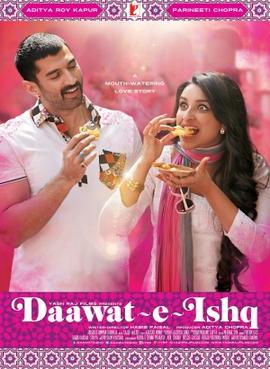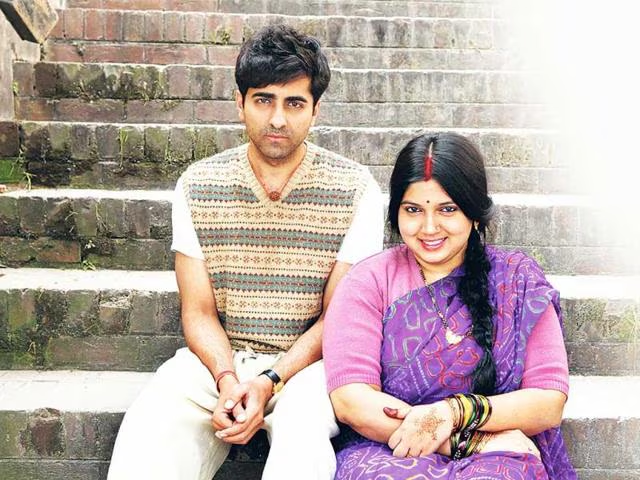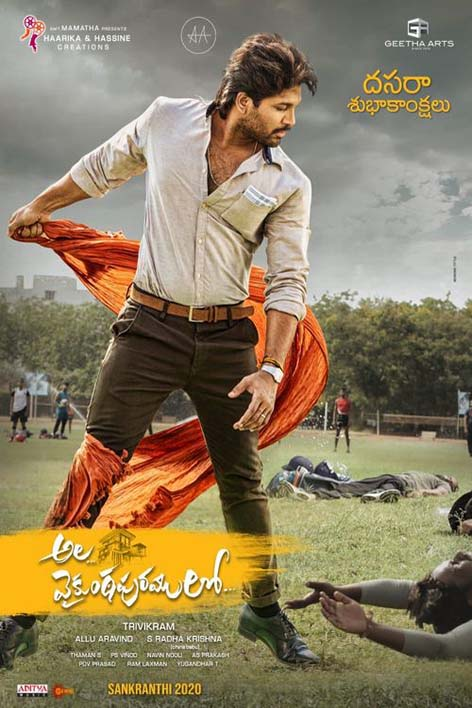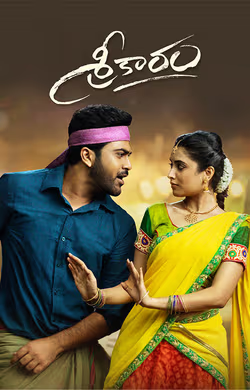Bollywood Movies That Paved the Way for Change against Dowry

Dowry is depicted in movies as a social vice that will always be with us and affect different aspects of people’s lives. Even in the cinematic creations of today’s India, dowry is portrayed as a firmly rooted social menace. They give form to the discourse that concerns Indian society and its media representation concerning dowry. Here are some notable Bollywood movies that have influenced dowry laws:
Bollywood movies that have influenced dowry laws
- Mother India (1957): This movie depicts the fight of a woman—a mother against the unsympathetic practices of dowry. It paints a very deplorable picture of the dowry system as a cause of poverty and the rise of conflicts in the family.

- Dahej (1950): This movie titled ‘Dowry’ and explains the effect of the dowry system, In this movie, dowry is demonstrated as a cause of domestic violence and extreme bankruptcy.

- Siva Rama Raju (2002): A Telugu film that shows three brothers giving all their property for their sister's wedding without questioning the practice.

- Bhagyadevatha (2009): Bhagyadevatha is a Malayalam film, In this film, the hero decides to get married based on the prospect of a hefty dowry.

- 2 States (2014): While largely a romantic comedy, this film subtly touches upon the expectations of dowry in Indian marriages, showing it as a normalized part of the wedding negotiations.

- Daawat-e-Ishq (2014): This movie highlights the issue of dowry and its negative impact on society. The plot revolves around a working woman who falls in love with a man from a wealthy family, but his parents demand an 80 Lakh dowry, which is illegal. The movie takes a stand against the practice of dowry and shows the moral ambiguity of the situation.

- Dum Laga Ke Haisha (2015): This film depicts the complexities and awkwardness of an arranged marriage with humor and sensitivity. It gives more agency to the woman and delves into the compromises people make in arranged marriages, including financial and physical incompatibility.

- Ala Vaikuntapuramuloo (2020): A Telugu film that portrays a character who says consent is important but still engages in creepy behaviour, highlighting the hypocrisy in addressing social issues.

- Sreekaram (2021): A Telugu film that normalizes dowry by depicting characters giving and taking dowry without questioning its legality.

Bollywood movies that highlight dowry misuse include:
These movies contribute to the ongoing discussion about dowry in Indian society and its portrayal in the media.
- Daawat-e-Ishq (2014): This movie portrays a working woman who falls in love with a man from a wealthy family, but his parents demand an 80 lakh dowry, which is illegal. The movie takes a stand against the practice of dowry and shows the moral ambiguity of the situation.
- Mehndi (2008): This film depicts the dark reality of the dowry system in Indian society, where women are subjected to abuse due to dowry demands. It features Rani Mukerji in the lead and her journey to teach her husband and in-laws a lesson.
Bollywood movies that feature strong female characters fighting dowry include:
These movies showcase strong female characters who resist the dowry system and fight for their rights, highlighting the importance of female empowerment and challenging societal norms.
- Lajja (2001): The film depicts the story of a village belle, Ketki, who fights against oppression and male dominance. Madhuri Dixit plays the bold woman who fights for the rights of her own and also those of other women in society. She also revenges her husband’s death.
- Daawat-e-Ishq (2014): The movie revolves around a working woman named Gullu, who supports her father through her job at a retail store. She falls in love with Amjad, the son of stereotypical, rich, pretentious Mumbai parents. To her dismay, his parents ask for an 80 lakh dowry (about 200 thousand in US dollars), which is illegal. Frustrated and heartbroken, she and her father set out on a vindictive con plan to lure another greedy man so as to sue him later for breaking the law.



